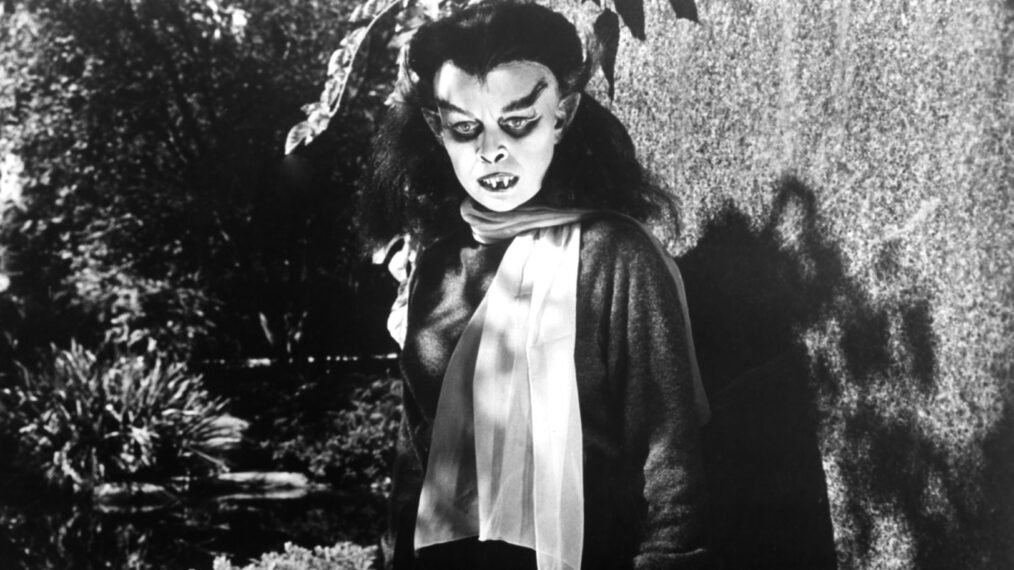5 Bloody Good Facts About ‘Dracula’s Daughter’
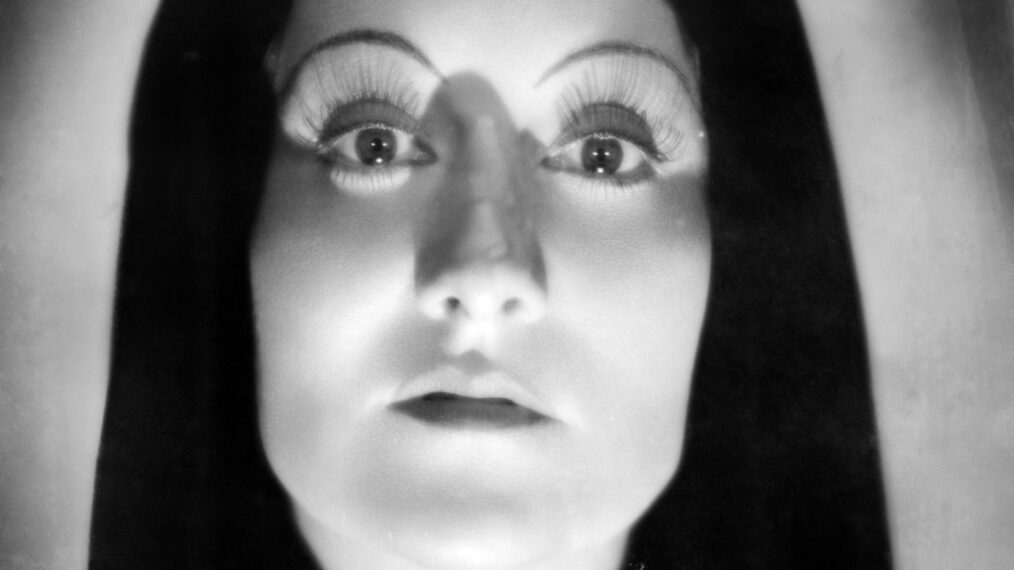
It’s Dracula … almost! The 1936 Universal horror film Dracula’s Daughter tells the story of the count’s self-loathing daughter, Marya, who will do anything to stop being a vampire — but, failing that, she’s happy to eat a few innocent people along the way.
The film, which stars the eerily glamorous Gloria Holden as Dracula Jr., marks the end of the 1930’s Universal monster era, which kicked off in 1931 with Dracula — after Dracula’s Daughter, there wasn’t another new Universal monster film until 1939’s Son of Frankenstein.
Read on to learn more about the drama, casting decisions, and unexpected source material behind this classic reel.
1It almost wasn’t a Universal picture
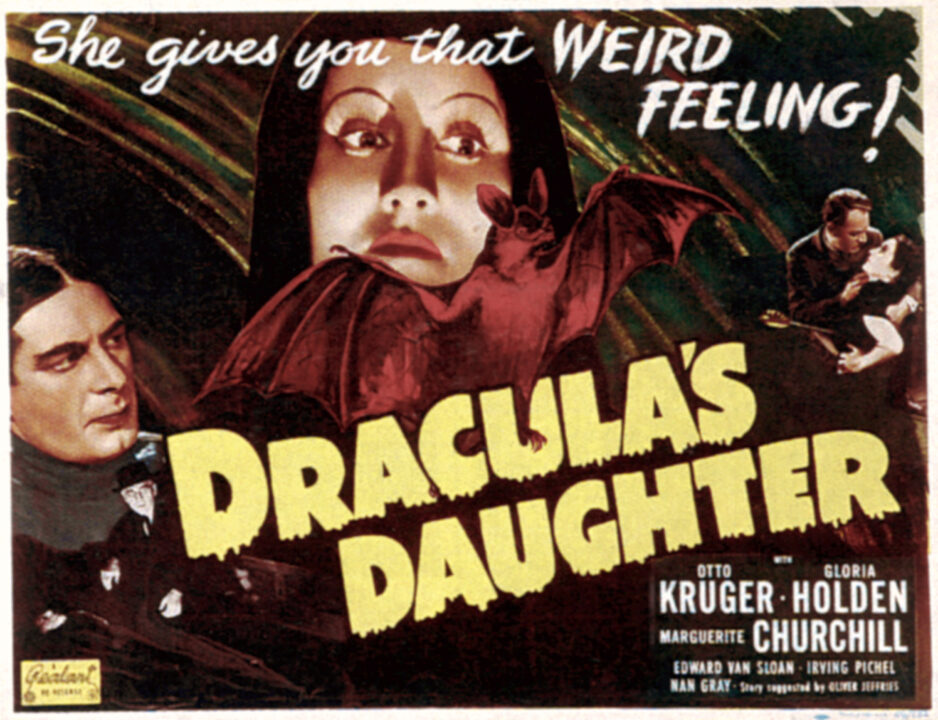
Everett Collection
When we think Dracula on film, we think Universal — the blood-sucking aristocrat is perhaps the most famous Universal monster. However, despite the fact that Universal owned the rights to Dracula, Dracula’s Daughter was almost an MGM film.
How was this possible? Dracula’s Daughter is technically not based on Bram Stoker’s 1897 novel Dracula, but rather a chapter called “Dracula’s Guest” that Stoker wrote then cut from the final version of the book. Stoker’s widow, Florence, sold the rights to this chapter only to MGM exec David O. Selznick in 1933 for $5,000.
Universal bought the rights from MGM in 1934, which some people believe was Selznick’s plan all along — he knew that Universal would be so eager for a sequel, and so unwilling to have a rival studio produce a film about their star character, that they’d pay whatever price he set for the rights. Universal bought the rights from Selznick for $12,500 — more than twice what he’d originally paid for them.
2The studio really wanted James Whale to direct (but James Whale was really, really not interested)
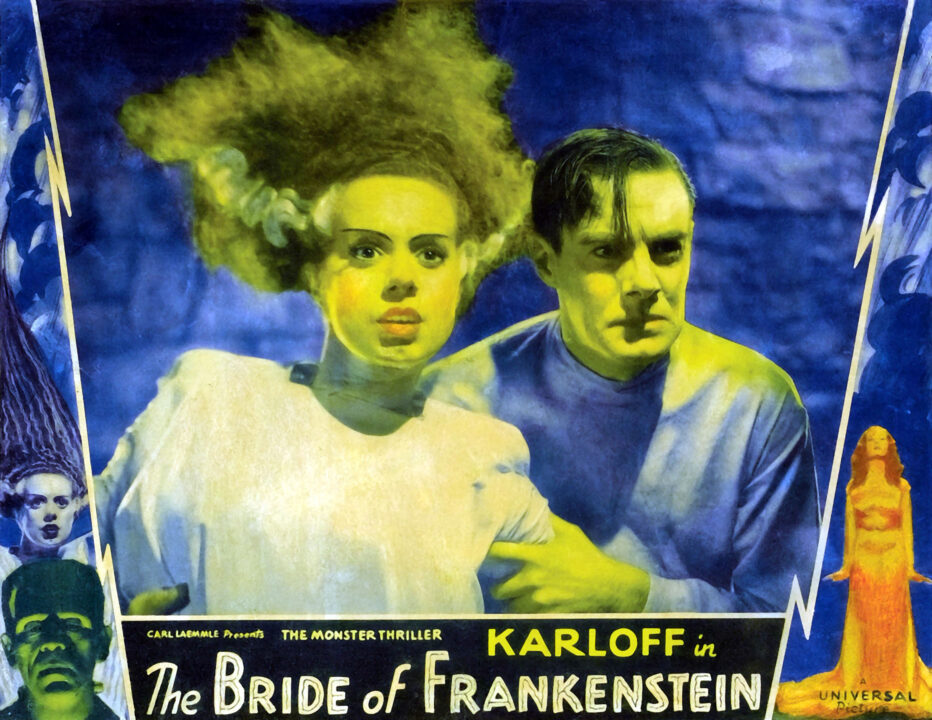
Everett Collection
James Whale, hot off the directing triumph of 1935’s Bride of Frankenstein, was the studio’s #1 pick for director. However, Whale, who was waiting for actress Irene Dunne to wrap up shooting another film so that they could start work on Show Boat, was worried that if he directed two horror films in a row, he’d be viewed as a director who only worked in one genre. To entice Whale, Universal agreed to buy the rights to a mystery novel called The Hangover Murders, which Whale could direct for them, as long as Whale promised to direct Dracula’s Daughter as soon as he finished.
Whale agreed, but by the time he wrapped on the mystery film (which was released under the title Remember Last Night?), Dunne was done making her previous film, and Whale excused himself from the Dracula’s Daughter gig, saying he had already agreed to film Show Boat next.
One very provocative (but very entertaining) rumor holds that Whale encouraged the film’s original writer to write drafts of the screenplay containing sexual material that he knew the Production Code Administration would reject. This strategy helped him run out the clock before he had to leave for Show Boat, while also making it look to Universal executives like he was a team player who simply had scheduling conflicts.
Another person who didn’t want to be involved? Supposedly, star Gloria Holden. It was said that Holden saw how other actors who appeared in horror films, including Bela Lugosi, became pigeonholed and were unable to secure non-horror roles. But she accepted her assignment — at the time, to not accept a studio assignment was to court a suspension. Some think that Holden’s dislike of the film fuels her icy, tragic performance as Marya, giving the film its emotional heft.
Was Holden right in the end? Her career did last another 20 years, into her 50s. But decades after her 1991 death, it is true that she is likely best known for her role as the female bloodsucker.
3It was possibly based on a lesbian vampire novel
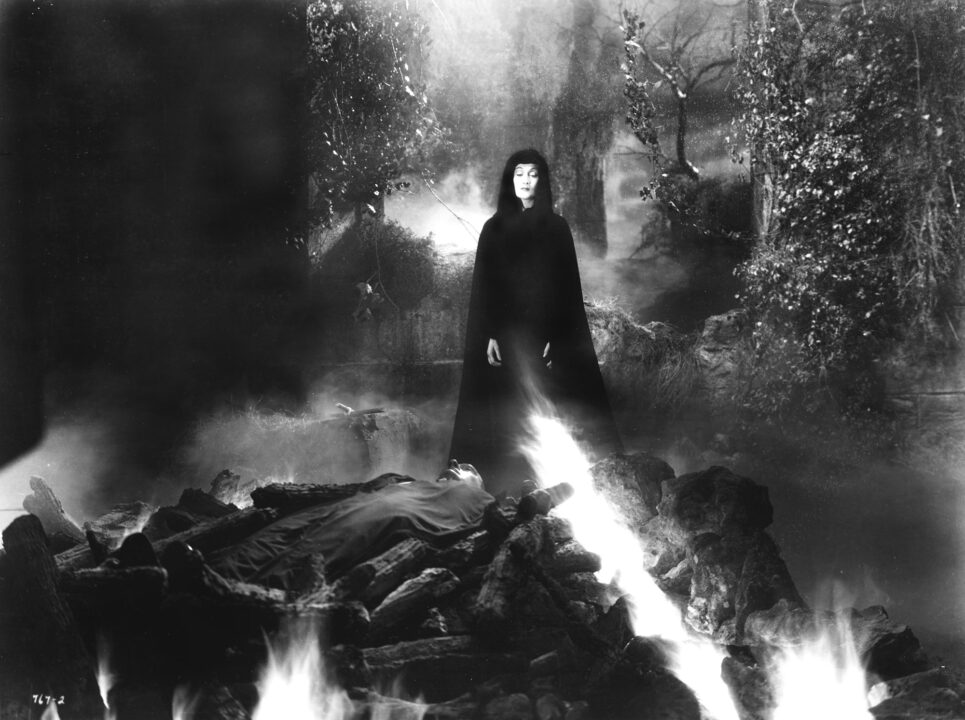
Everett Collection
So what exactly was in those racy rejected scripts? Well, some of them implied that Marya tortured her male victims (who were implied to kinda enjoy it). But the final script actually used in the film also drew the ire of censors. And that’s because it may have been based on an infamous erotic lesbian vampire novel from the 180ss.
Yes, we just said the movie was based on “Dracula’s Guest.” But scholars believe that the film is also based on the 1872 vampire novel Carmilla, which predated Bran Stoker’s novel by over two decades, and focused on a vampire named Carmilla, who develops a friendship with a beautiful young noblewoman whom she also secretly feeds on at night.
Modern film historians believe that the character of Marya, who is very compelled by her female victims, has lesbian undertones. But that’s not imposing modern thinking on an old film — before it was even shot, Hays Code officials demanded that a scene in the script where Marya paints a portrait of village girl Lili be shot so that is is extremely clear that Lili is not nude, and that “the whole sequence…be treated in such a way as to avoid any suggestion of a perverse sexual desire on the part of Marya or of an attempted sexual attack by her upon Lili.” In a similar vein (pun intended), some original Universal advertising included sexually-tinged promotional slogans like “Save the women of London from Dracula’s Daughter!”
No matter the filmmaker’s original intentions, the film has been considered an inspiration for LGBTQ horror that came after it — including by Interview with the Vampire author Anne Rice, who named a bar in one of her novels “Dracula’s Daughter” as tribute.
4Lugosi was almost in it
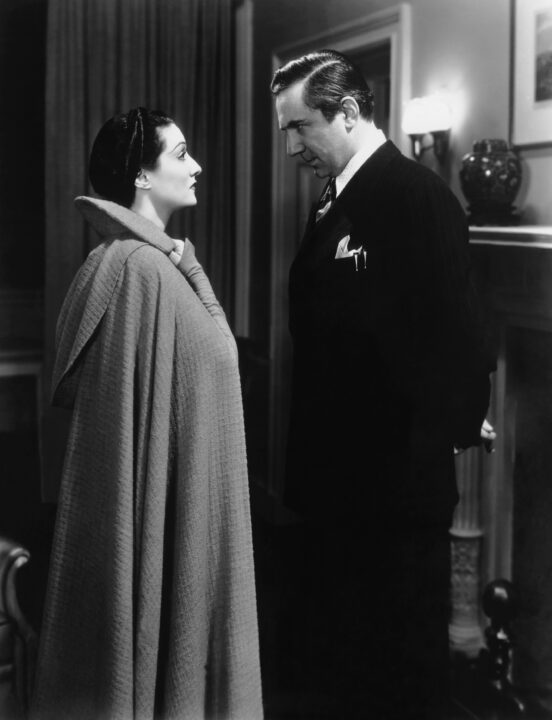
Everett Collection
It makes sense — a sequel to Dracula should have Dracula in it, right? In fact, original plans for the film were said to involve appearances by Bela Lugosi, Boris Karloff, and Frankenstein star Colin Clive. However, the finished film has no trace of Lugosi, except a bust of the Count’s head (Lugosi was allegedly paid $4,000 for use of his waxy likeness).
Though some believe that there are cut scenes from the film that do feature Lugosi, any images from the set that include him (like the photo above) are just publicity photos intended to drum up excitement for the film. The only character from the original Dracula who showed up in the end was Edward Van Sloan, who played Van Helsing in both films — though it is, for some reason, spelled Von Helsing in this one.
5It featured a gossip legend

Everett Collection
Today, the name Hedda Hopper summons images of a sharp-tongued, hat-obsessed Golden Age Hollywood gossip legend — its certainly how she’s been portrayed on the big screen by stars including Tilda Swinton, Helen Mirren, and Judy Davis. But before she was the most popular Hollywood gossip columnist of the ’40s (give or take a Louella Parsons), Hopper was an actress herself, appearing in more than 20 movies between 1916 and 1942. She snagged her role in Dracula’s Daughter while her career was on the decline; in fact, it was filmed one year after her first attempt to leave acting in favor of gossip writing career failed.
Hopper gave the gossip biz another shot in 1938, when she debuted the “Hedda Hopper’s Hollywood” column in the Los Angeles Times. Hopper’s years on big screens and backlots were the source of her incredible scoops, and she quickly became one of the most powerful, hated, and feared people in Hollywood. Someone with access to all of Hollywood’s secrets? Well, that’s a lot more terrifying than a little old vampire.
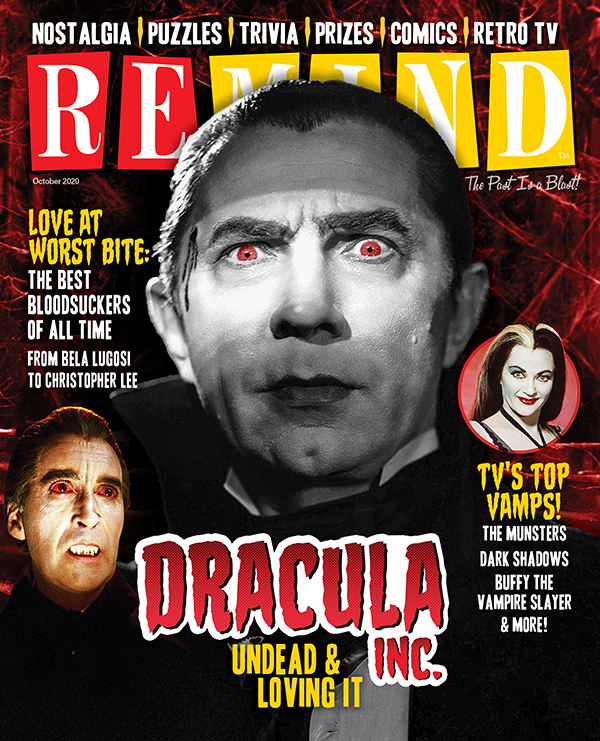
Dracula
October 2020
Drac is Back! Delve into some of the best vampire fare in TV, movies, radio and books.
Buy This Issue
